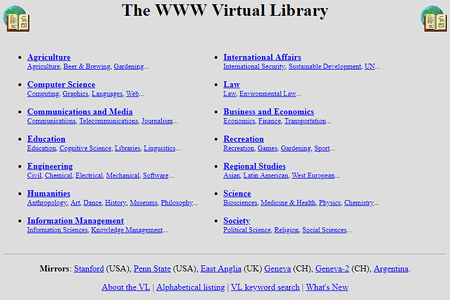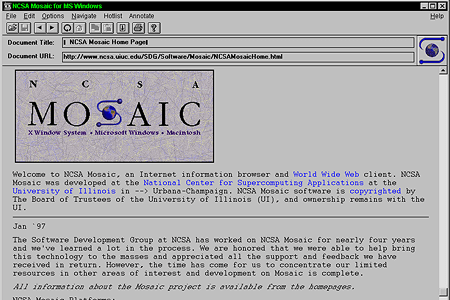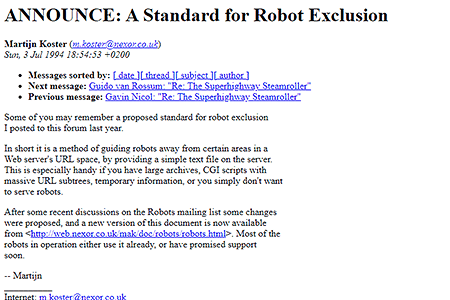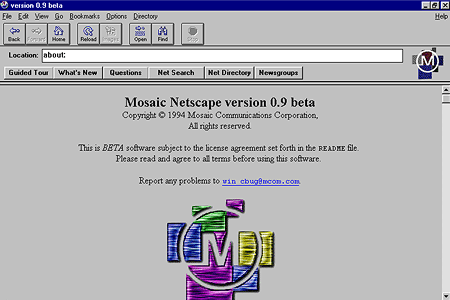1990 February 19th
Adobe Photoshop 1.0
Adobe Systems released a raster graphics editor called Photoshop 1.0. The program was only available for the Macintosh platform (Mac System 6.0.3) and required at least 2 MB of RAM and an 8 MHz processor for its operation.






















